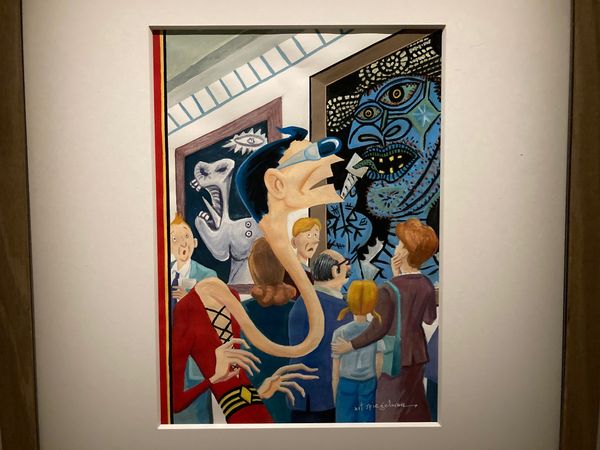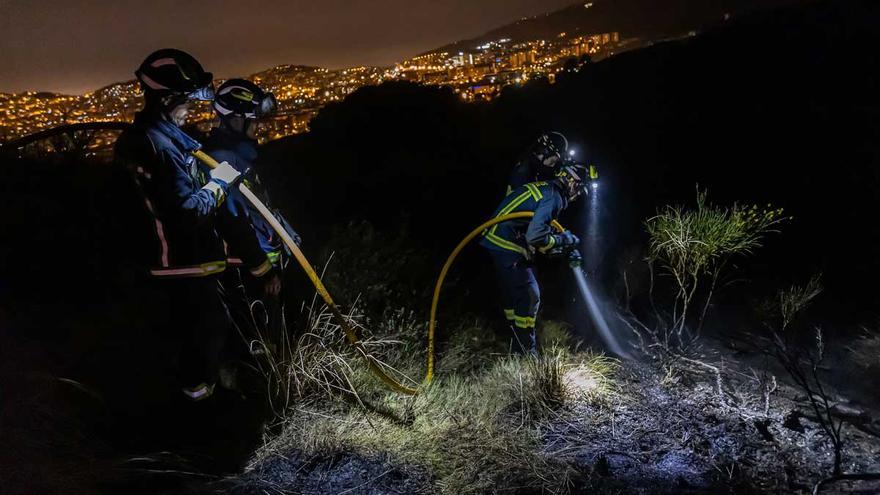The Cité Internationale de la Bande Dessinée et de l’Image d’Angoulême is offering a unique exhibition on Picasso and the Ninth Art. The Spanish genius was very early interested in this new graphic form that was the comic strip and contemporary authors were also inspired by his work.
–
In the fall of 1905, it has been over a year since Pablo Picasso moved to Paris. In the middle of the “pink period”, he painted harlequins and sad clowns of unfathomable melancholy. At the same time, on the other side of the Atlantic, Winsor Mc Cay has just published the first boards of Little Nemo in Slumberland in the New York Herald. We are not yet talking about sequential art and the word “cubism” has not yet been uttered. But, each on their side, these two visionaries are in full search. It would of course be risky to draw too hasty conclusions from this chronological coincidence. Though…
Because, 1905, it is also the year when the painter meets Léo and Gertrude Stein, his new patrons. It is she who will make him discover these American graphic designers who tell stories with drawings in boxes. In the collections of the Picasso Museum in Paris, it therefore seemed obvious to try to find traces of the Ninth Art in the abundant work of Andalusian. This will give rise to an exhibition open in July 2020 which therefore finds new life in Angoulême Comic City.
Picasso exhibition poster at the comic strip festival in Angoulême
•
© City of the Comic Strip
–
“Picasso was an ogre”, explains Pierre Lungheretti, director general of the Cité internationale de la comic strip, “someone who was interested in everything from the primitive arts to the most contemporary popular culture and comics. did not escape this greed for knowledge and to seize all the artistic expressions that could exist. (…) Throughout his career, there are references, influences which are very palpable of this language of narration by image that we find as well in the sketches that he makes of his friends as in more elaborate drawings which are almost similar to boards “.

Pablo Picasso “La Coruna”
•
© Succesion Picasso 2021
–
From the first illustrated newspapers to Guernica through the countless sketches scribbled on a corner of the table in Barcelona or Paris, Picasso has, in his own way, captured this new graphic form which in his eyes represents a nice snub to conventions. and the surrounding academicism. The Nickel Feet will therefore naturally find their place in his library.
Later, in 1937, he made a series of engravings “Franco’s Dream and Lie” in which he directed the dictator who had just taken power in his native Spain. One can easily imagine a Moebius ecstatic in front of this nine-box waffle maker who would undoubtedly have earned a Golden Fauve for its author at the Angoulême Comics Festival.

Pablo Picasso “Franco’s Dream and Lie”
•
© Succession Picasso 2021
–
In return, the tutelary figure represented by Picasso could only inspire comic book authors. From Art Spiegelman to Edgar P. Jacobs via Gotlib or Enki Bilal, all have paid homage to the maestro at the bend of a hut. “He was at the same time a precursor and an incredibly virtuoso”, adds Pierre Lungheretti, “he was able to be in the purest classicism and then to break all the codes, including in the figuration, to invent his own universe and c This is what fascinates comic book artists, this incredible and inexhaustible capacity to reinvent drawing and painting throughout their lives. “

When Art Spiegelman pays tribute to Pablo Picasso
•
© J. Deboeuf-France Televisions
–
“Picasso and the Comic Strip” is at the Cité Internationale de la BD d’Angoulême museum until January 2, 2022. Note that this summer, days will be devoted to a family treasure hunt in the heart of the he exhibition and drawing workshops will be offered to the youngest.
–


